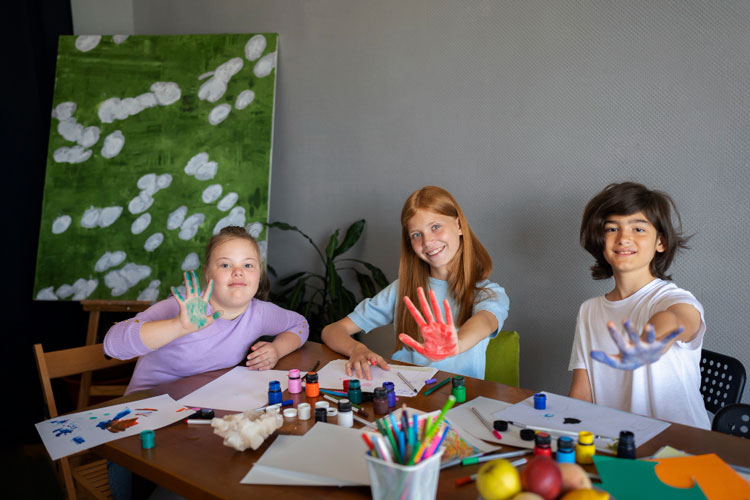What Is Dialogic Reading?
Dialogic reading is an evidence-based strategy that transforms traditional read-aloud sessions into interactive dialogues between the adult and child. Instead of passively listening, children become active participants, discussing the story, predicting outcomes, and relating content to their own experiences. This approach has been shown to significantly enhance children’s language development and comprehension skills.
Aligning Dialogic Reading with the Australian Curriculum
Incorporating dialogic reading into early years education aligns seamlessly with the Australian Curriculum. Here’s how:
1. Promoting Oral Language Development
Through dialogic reading, children are encouraged to express ideas, recount events, and describe characters or settings, thereby enhancing their speaking and presentation skills.
2. Building Vocabulary and Language Structures
Repeated, scaffolded interactions with texts expose children to rich vocabulary and meaningful language patterns, aiding in the development of expressive language.
3. Developing Comprehension Skills
Dialogic reading encourages children to predict story outcomes, make connections and inferences, and explain their reasoning, thereby strengthening comprehension strategies.
4. Encouraging Personal and Social Understanding
The interactive nature of dialogic reading fosters respectful listening and speaking skills, allowing children to appreciate diverse perspectives.
5. Supporting Personal and Social Capability
Engaging in meaningful discussions around stories helps children explore emotions, relationships, and social behaviours, enhancing empathy and social understanding. These are key aspects of the Personal and Social Capability general learning area.
Implementing Dialogic Reading in the Classroom
To effectively incorporate dialogic reading, educators can follow these steps:
Prompting
Pose open-ended questions about the story and illustrations to engage the child. For example:
- “What do you think will happen next?”
- “Why do you think the character did that?”
Expanding
When a child responds, expand on their answer to add more detail or context. For instance:
Child: “The dog is running.”
Educator: “Yes, the brown dog is running very fast in the park.”
Reinforcing
Provide praise and encouragement to reinforce the child’s attempts to answer, building their confidence.
Repeating
Repeat the process, gradually increasing the complexity of the questions as the child becomes more comfortable with the story.
Turn-taking
Encourage the child to take turns discussing the book, prompting them to ask their own questions as well.
Final Thoughts
Integrating dialogic reading into early years education not only aligns with the Australian Curriculum but also creates a more engaging and effective learning environment. By transforming reading sessions into interactive dialogues, educators can significantly enhance children’s language development and set the foundation for lifelong literacy skills.













Leave a Reply